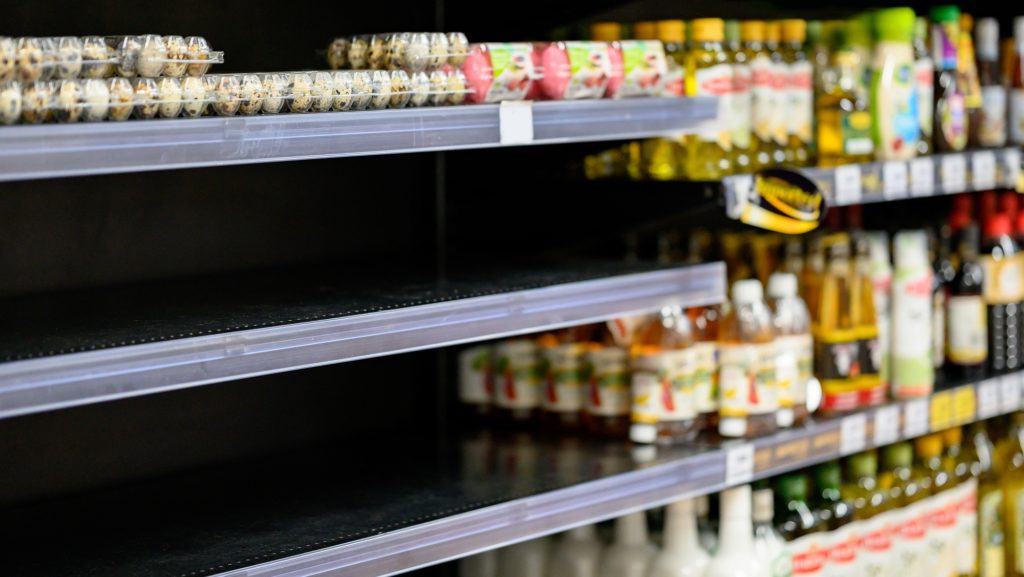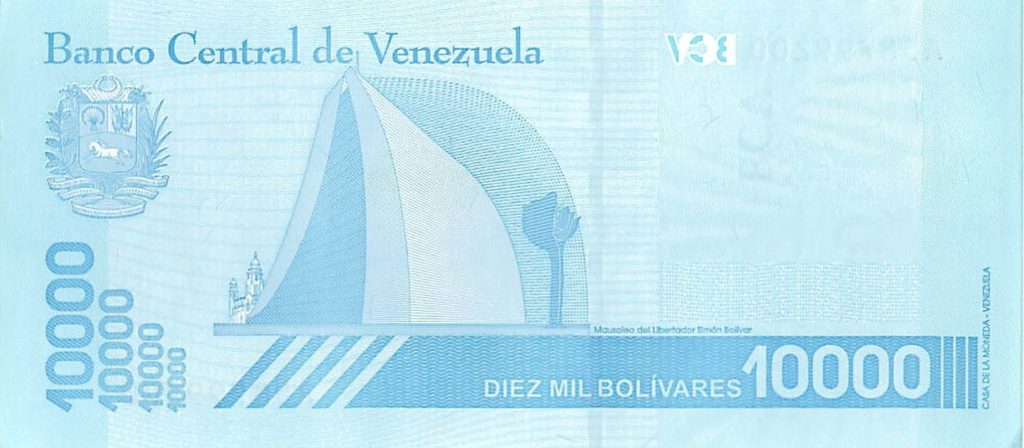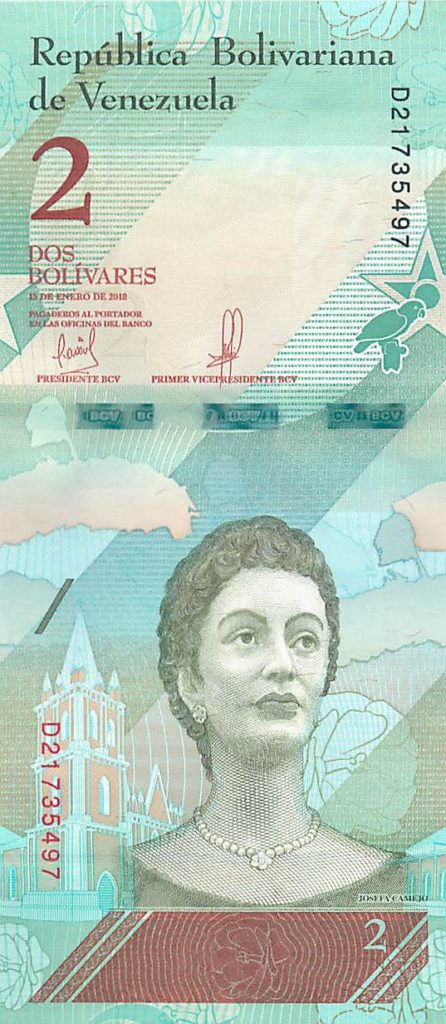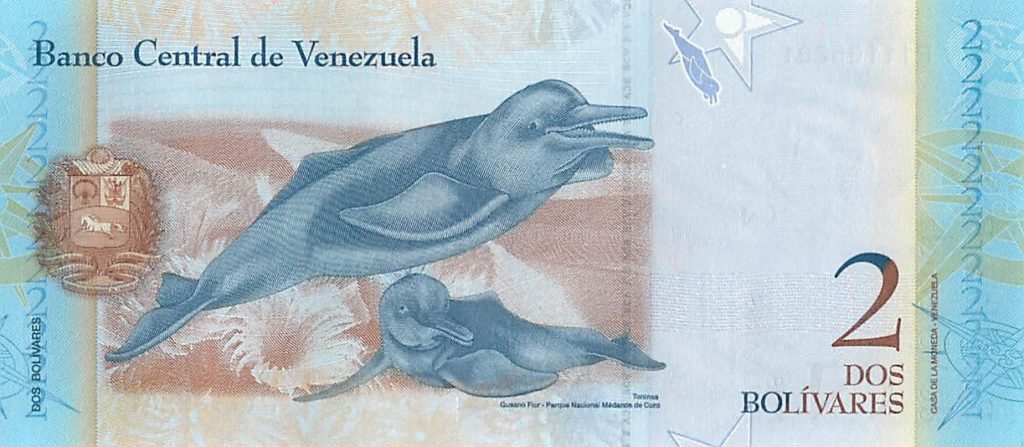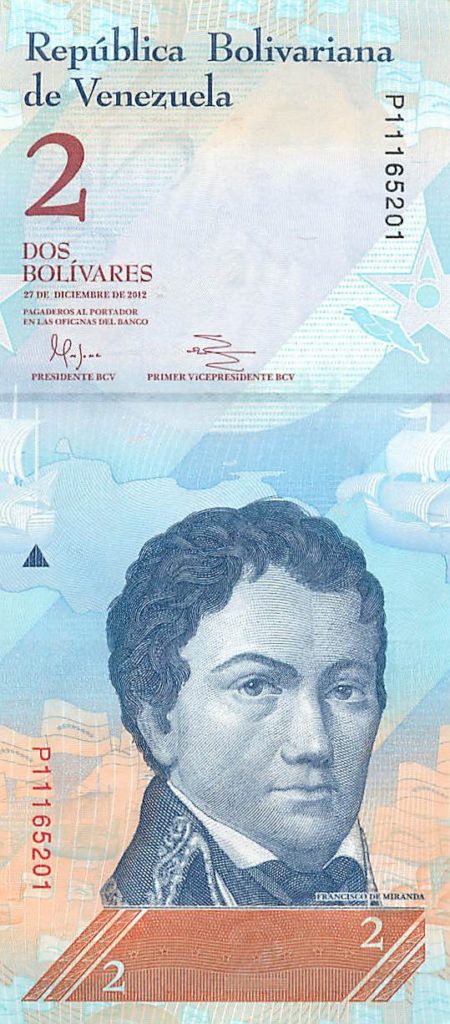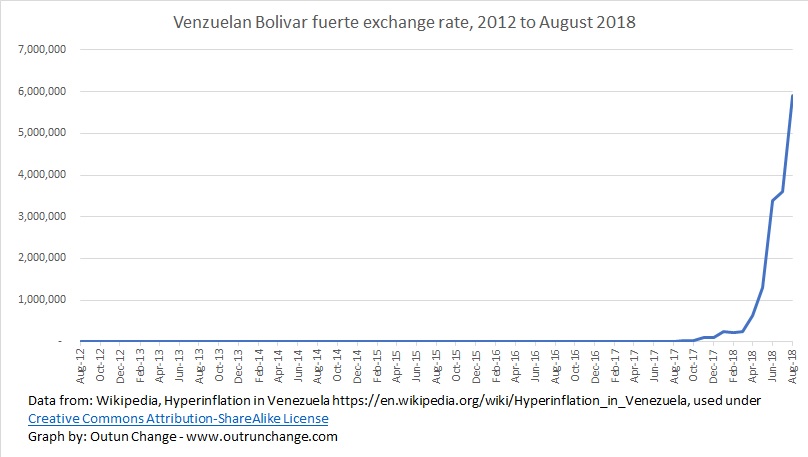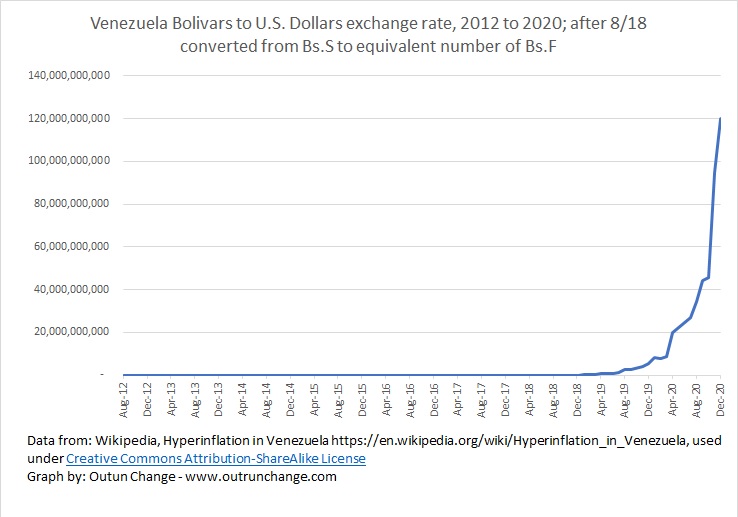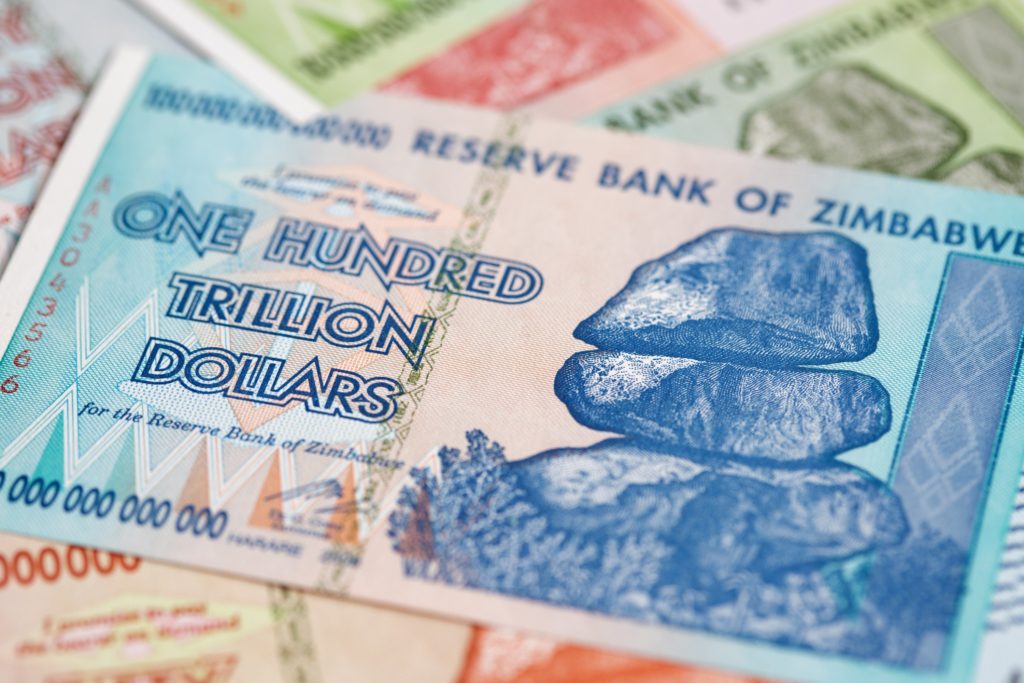
Image courtesy of Adobe Stock.
Before leaving California I provided several illustrations of the actual price increases at a specific restaurant for the identical meal. Since moving to Williston, North Dakota I don’t have a lot of good data points yet. We’re still going to different restaurants and ordering different items so I don’t have a useful point-to-point comparison.
Yesterday my son gave me a painful example.
Last March he ordered one foot-long sub sandwich, a 6 inch sandwich, and one soda.
The price?
$13.26.
Yesterday he ordered the exact same items from the same restaurant.
The price?
Continue reading “Same-Meal-at-the-Same-Restaurant price index. I don’t even want to calculate the increase for this meal.”

